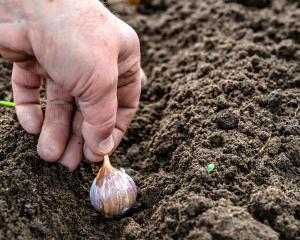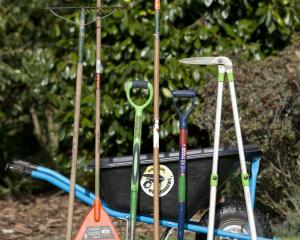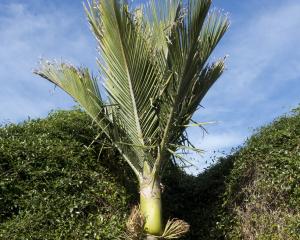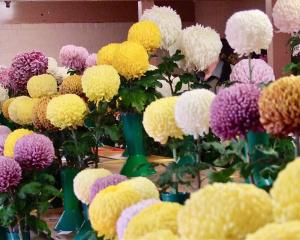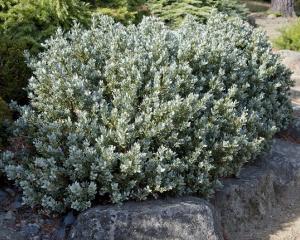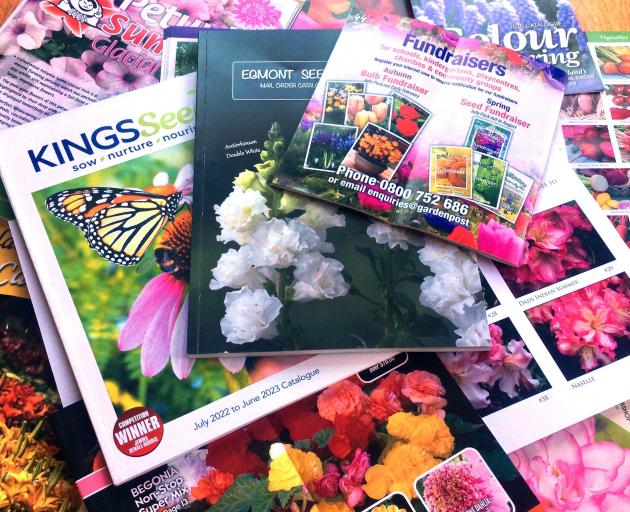
Having endured the wettest July on record and one of the warmest, which kept things like chickweed growing throughout the winter, I really felt I’d lost my mojo.
The late winter cheer-up came not from snowdrops and sweet little Iris reticulata (although they helped) but the arrival of seed and plant catalogues.
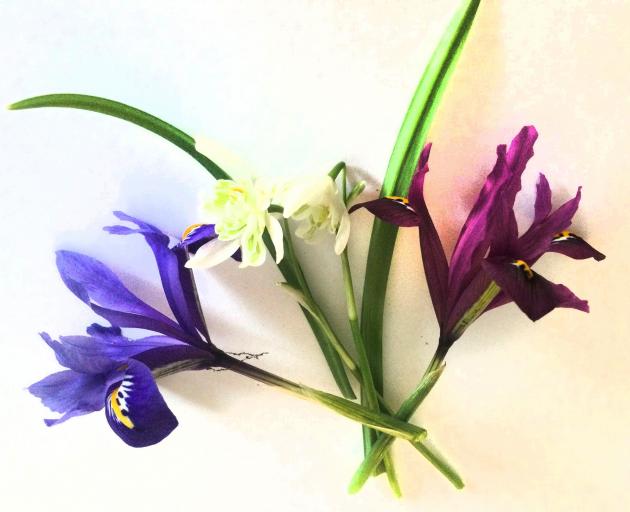
Next, I went through each catalogue with a highlighter, marking everything that took my fancy, after which I refined the "wants" to concentrate on "needs". Of course, a couple of indulgences got added at the end, so I spent more than I intended and salve my conscience by telling myself I probably won’t buy nearly as much next year.
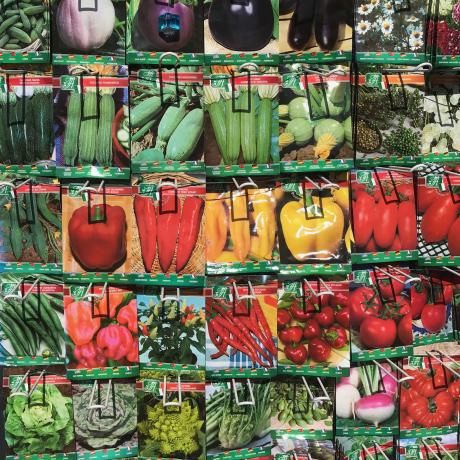
Over the years, I have found that growing peas and beans in standard seed trays is not ideal, as the plants don’t have enough depth of mix to develop good roots before they are transplanted into the garden. My solution has been polystyrene boxes from supermarkets, which last at least a couple of seasons before starting to break up.
While seeds are getting under way, preparing the ground for them is important, especially for vegetables.
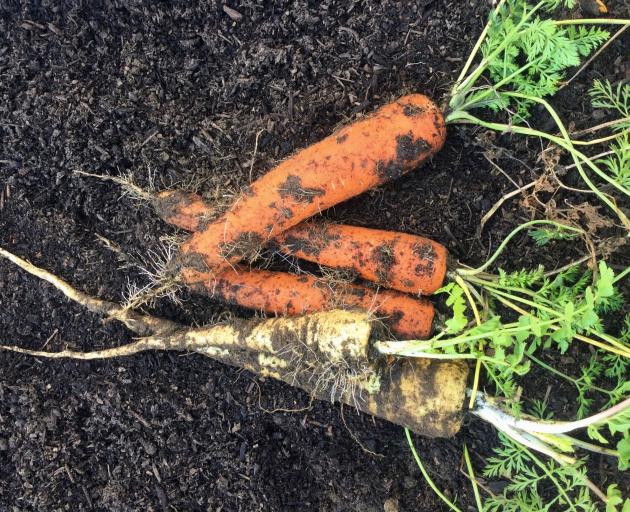
Parsnips can be peeled, cut into chunks and frozen or made into soup to freeze and serve as a quick light meal with crusty bread.
Silverbeet will continue to give reasonable crops until the new season’s spinach is ready to harvest, while for early salads, put in some mesclun mix to harvest 60 days after sowing in a corner of the garden.
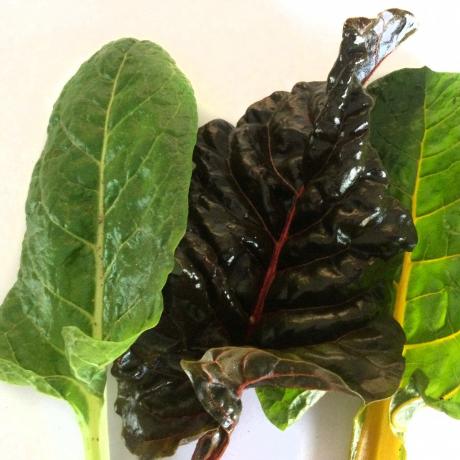
One thing I don’t think I’ll do this spring is take part in National Gardening Week. The concept is fascinating: bury a pair of 100% cotton undies, wait two months, then dig them up. The more threadbare they are at the end, the more microbes your soil has.
Seed company Yates is sponsoring this fun way to check soil health, with prizes for the most impressive "harvest", as well as the biggest and oddest undies. Send in a photo between October 11 and 18 to soilyourundies@yates.co.nz. Every entry gets a free packet of seed.
The reason I won’t be entering? I’m still wearing my old cotton undies.

